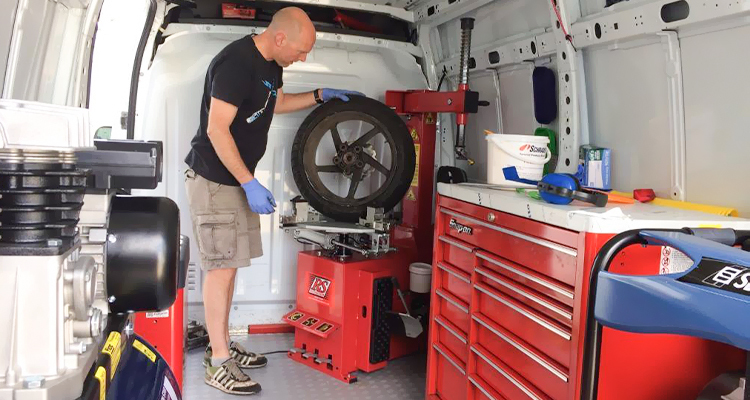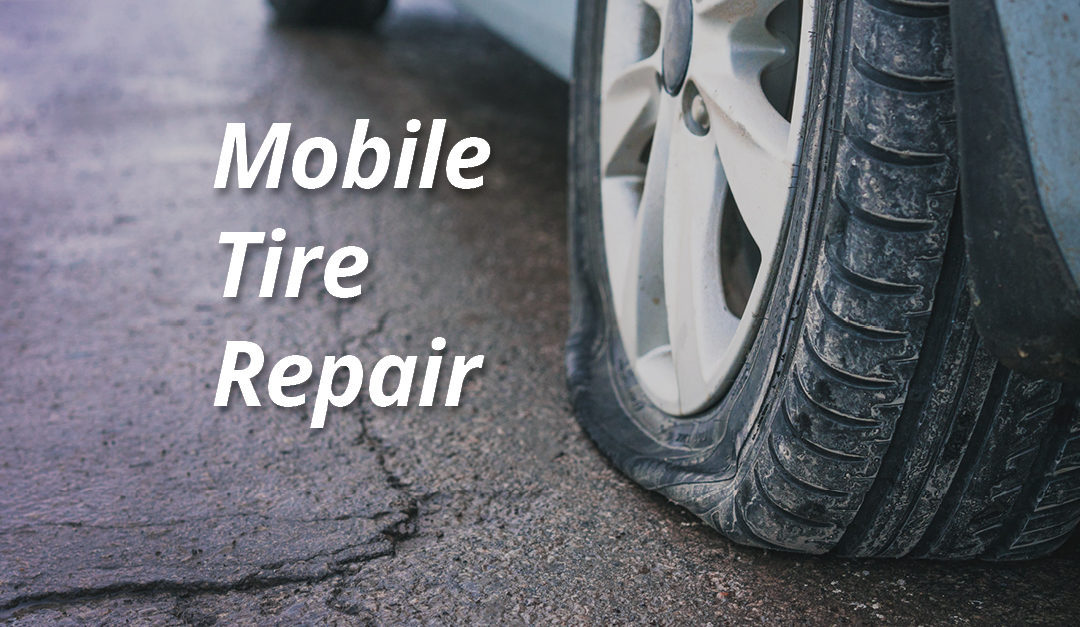Tire Solution: Proven Techniques for Ideal Tire Upkeep and Treatment
Preserving optimal tire problem is extremely important for both security and efficiency of any car. From ensuring correct tire pressure to regular turning and positioning, there are tried and tested approaches that can considerably extend the life-span of your tires and improve total driving experience. As we check out the complexities of tire treatment and maintenance, we will discover important standards that every car proprietor ought to stick to for the very best possible outcomes. Let's dive into the globe of tire service and uncover the secrets to keeping your tires in first-class form for the long haul.
Relevance of Tire Stress
Proper tire pressure is a crucial variable in making certain optimal automobile efficiency and safety and security on the roadway. Preserving the suggested tire stress degrees given by the manufacturer provides many benefits. Sufficient tire pressure promotes far better gas performance, as under-inflated tires can lead to raised rolling resistance, creating the engine to function tougher and take in more fuel. Proper tire stress makes sure even tread wear, boosting tire longevity and saving money in the lengthy run by postponing the requirement for premature substitutes. Furthermore, correctly blew up tires add to boosted handling and braking capabilities, essential for secure driving in different road problems. Over-inflated tires, on the other hand, can cause lowered grip and a harsher trip. Conversely, under-inflated tires are susceptible to overheating, which can bring about accidents and blowouts. Routinely adjusting and examining tire pressure, specifically soon journeys, is a straightforward yet effective means to improve car efficiency, extend tire life-span, and prioritize security when driving.
Tire Rotation Guidelines
When taking into consideration tire rotation standards, it is important to recognize the significance of this upkeep task in optimizing tire lifespan and preserving optimum car efficiency. Tire rotation includes transforming the position of each tire on an automobile to ensure also step wear. Front tires tend to use extra quickly than rear tires due to guiding pressures, making regular rotation essential for balanced wear patterns.

Benefits of Wheel Placement
Making certain correct wheel positioning after tire turning is essential for keeping balanced wear patterns and maximizing automobile efficiency. Additionally, right wheel placement aids to extend the life expectancy of your tires. Misaligned wheels can create unequal tire wear, leading to early tire replacement and boosted upkeep costs.

Tire Tread Deepness Inspect
Executing a normal assessment of tire walk depth is vital for maintaining safe driving problems and extending the life expectancy of your tires. Uneven step wear can suggest problems with tire suspension, alignment, or stress, highlighting the value of routine tread deepness checks. By incorporating tire step depth checks right into your regular maintenance timetable, you can drive with confidence knowing that your tires are in leading condition.
Seasonal Tire Examination
A detailed analysis of tire problem tailored to certain weather problems is important for keeping optimal efficiency and security throughout the year. Seasonal tire inspection is an essential aspect of tire maintenance that makes certain tires prepare to encounter the difficulties postured by different weather condition problems. To prepare for wintertime, it is important to inspect the tire stress on a regular basis as cool temperatures can trigger tire stress to go down. Examining tire walk deepness over at this website is likewise essential to guarantee adequate traction on snow and ice-covered roads. Additionally, examining for indicators of wear and tear, such as cracks or bulges, can aid prevent potential tire failures. As the seasons modification, it is necessary to analyze tire condition and make any needed changes to assure secure driving. By conducting routine seasonal tire evaluations, vehicle drivers can lengthen tire life-span, boost gas performance, and most notably, ensure a protected driving experience in varying weather conditions - Flat Tire Repair Las Vegas.
Verdict
To conclude, maintaining correct tire pressure, revolving tires frequently, aligning wheels appropriately, checking step depth, and performing seasonal assessments are important techniques for optimal tire treatment. By following these verified methods, motorists can guarantee their tires last longer, do better, and add to total car safety and security. It is necessary to focus on tire upkeep to avoid crashes, improve fuel effectiveness, and extend the lifespan of tires.
Sufficient tire stress advertises better fuel effectiveness, as under-inflated tires can lead to boosted rolling resistance, creating the engine to work more difficult and take in even more gas.When thinking about tire turning standards, it is essential to understand the value of this upkeep job in taking full advantage of tire life-span and keeping optimum lorry performance. Seasonal tire inspection is an essential facet of tire upkeep that makes sure tires are all set to encounter the obstacles posed by various climate read here problems. By performing regular seasonal tire inspections, drivers can prolong tire lifespan, boost gas performance, and most significantly, make sure a protected driving experience in varying weather problems.
In verdict, maintaining proper tire stress, turning tires consistently, straightening wheels properly, keeping an eye on walk depth, and performing seasonal assessments are necessary methods for optimal tire care.